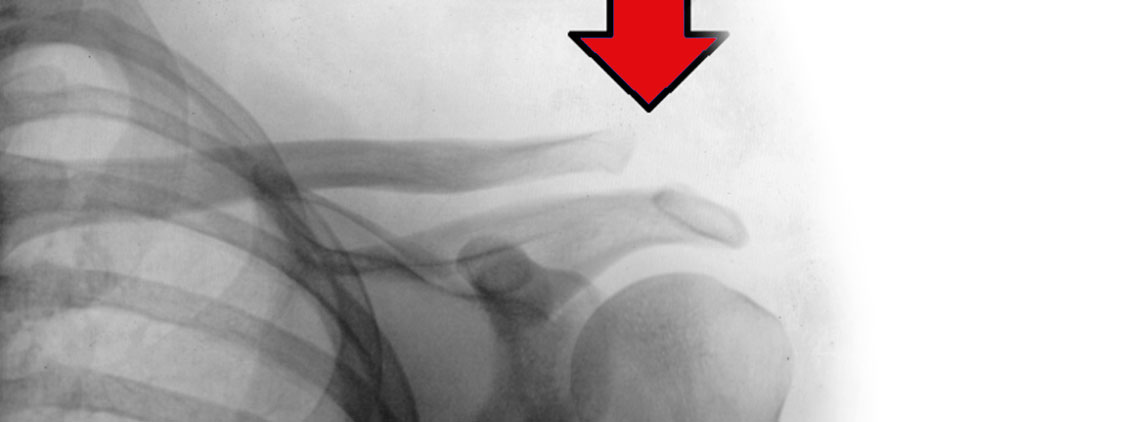
Overview
This injury occurs in the AC (acromioclavicular) joint and damages the ligaments. This joint is located where the collarbone (clavicle) meets the highest point of the shoulder blade. You likely experienced this shoulder separation due to a fall directly onto the shoulder. Depending on the severity of your fall, you may have also torn ligaments attached to the underside of your collarbone. Your shoulder blade and collarbone may have separated if your injury was severe. If you have a shoulder separation you likely have pain, deformity, or a bump (where your shoulder is being pushed down due to the weight of your arm), limited movement, swelling, bruising, and tenderness over the AC joint. Depending on the severity of your fall you may have a mild sprain without a bump to a complete disruption with a very large bump.
Nonsurgical Treatment Options for Shoulder Separation
During an in-office appointment, we will examine your shoulder. If you have a deformity to your shoulder, that makes this diagnosis easier. If you don’t have a deformity then we may suggest an X-ray to confirm the diagnosis and severity of the injury. We can often treat a shoulder separation with a sling, ice packs, and medicine. Most people can return to their normal full function. However, some patients experience continued pain in the AC joint. Due to the injury, which causes bones to rub against one another, you may develop arthritis, or you have an injury to a piece of cartilage located between the bone ends. Most injuries (even severe injuries) are treated without surgery.
Here are a few nonsurgical treatment options:
- Rest. Refrain from contact sports or activities that are painful to your shoulder.
- Sling. Wearing a sling will keep your arm in place preventing movement allowing time for your shoulder to heal.
- Ice Packs.You may be asked to place ice packs on your shoulder for twenty-minute intervals to reduce the swelling. Wrap the ice pack in a towel before placing it on your skin.
- Anti-inflammatory Medication. By taking an anti-inflammatory like aspirin or ibuprofen you may be able to reduce your pain and inflammation.
- Physical Therapy. Exercises provided and approved by us can help restore strength and motion in your shoulders.

